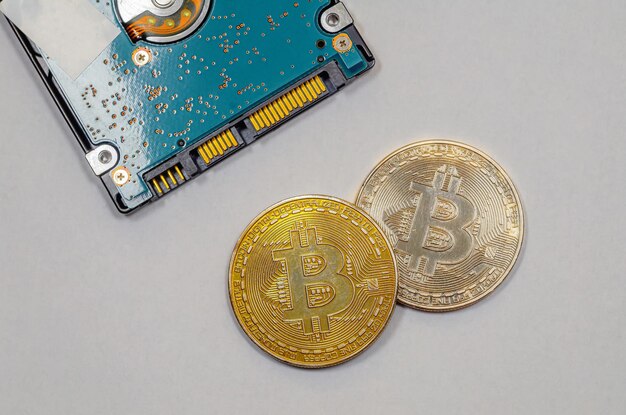Nonce and the Risks of Bitcoin Mining
Bitcoin mining has become increasingly popular over the past few years, with more and more people investing in the activity. However, with this popularity comes a few risks, the most significant of which is nonce.
Nonce is a term used in Bitcoin mining to refer to the number that miners choose to add to a block header to generate a hash that meets the target difficulty level. The nonce is a random number that acts as a “puzzle piece” that miners must add to a block header to generate a valid hash. This process is called proof-of-work, and the first miner to solve the puzzle and generate a valid hash is rewarded with new Bitcoins.
While nonce may seem like a simple concept, it is essential to understand the risks associated with it. One of the biggest risks is the fact that miners must continually change the nonce value to generate a valid hash. This process can be time-consuming and can consume a lot of energy. As a result, miners often use specialized hardware and software to speed up the process and increase their chances of finding a valid hash.
However, this increased speed also comes with an increased risk. The faster miners can generate hashes, the more likely they are to generate a hash that matches the target difficulty level. This means that they will be rewarded with new Bitcoins. However, it also means that they are more likely to generate a hash that matches the target difficulty level by chance rather than by solving the puzzle. This process is called a “nonce collision,” and it can cause serious problems for the Bitcoin network.
Nonce collisions occur when two miners solve the puzzle and generate a valid hash at the same time. This means that there are two valid blocks, each with a different nonce value. In this scenario, the Bitcoin network must choose which block to add to the blockchain. This decision is made based on the block with the most proof-of-work. In other words, the block with the most nonce values attempted will be added to the blockchain.
Nonce collisions can cause significant problems for the Bitcoin network because they can create a fork in the blockchain. When this happens, different nodes on the network may have different versions of the blockchain, which can lead to confusion and chaos. In some cases, it can even result in a double-spending attack, where a user spends the same Bitcoin twice.
To avoid nonce collisions, the Bitcoin network adjusts the target difficulty level every 2016 blocks. This adjustment is based on the average time it takes to generate a block. If blocks are being generated too quickly, the difficulty level is increased, and if they are being generated too slowly, it is decreased. This process helps to ensure that the network remains stable and secure.
In addition to nonce collisions, there are other risks associated with Bitcoin mining. One of the most significant risks is the fact that the process consumes a lot of energy. Bitcoin mining requires a significant amount of computational power, which means that it also requires a lot of electricity. This has led to concerns about the environmental impact of Bitcoin mining.
Another risk associated with Bitcoin mining is the fact that it is becoming increasingly centralized. As more and more people invest in the activity, the number of miners on the network is decreasing. This means that a small group of miners has a significant amount of power over the network. This can lead to concerns about the security and stability of the network.
In conclusion, nonce is a critical concept in Bitcoin mining that carries significant risks. Nonce collisions can cause serious problems for the Bitcoin network, and the process of generating a valid hash can consume a lot of energy. Additionally, Bitcoin mining is becoming increasingly centralized, which can lead to concerns about the security and stability of the network. As Bitcoin continues to grow in popularity, it is essential to understand these risks and take steps to mitigate them.

























